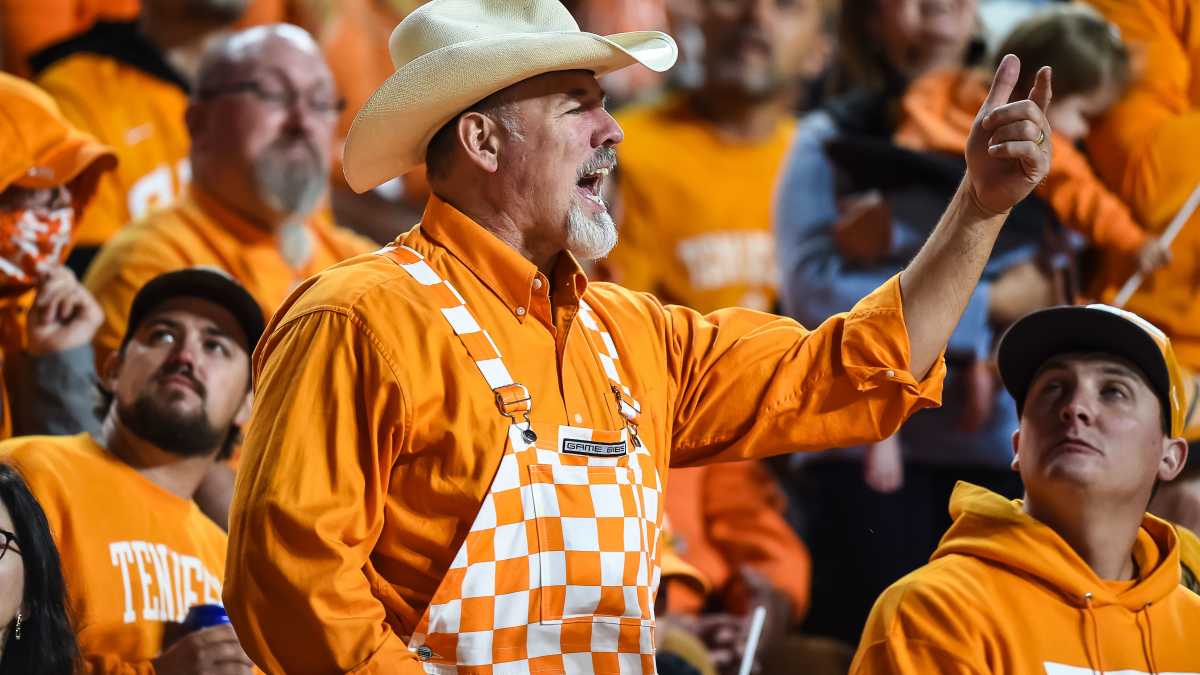The Business of College Football: ESPN’s Influence and the Future of the Game
In recent years, college football has undergone significant transformations, many of which have been driven by major media networks like ESPN. Former ESPN President John Skipper has been a prominent figure in these changes, often discussing the evolving landscape of college sports and the increasing commercialization of the game.
ESPN’s Role in College Football’s Evolution
ESPN has played a pivotal role in shaping the direction of college football. Skipper himself acknowledged the network’s influence, particularly during the 2010-2011 realignment period when Texas was at the center of conference negotiations. The creation of the Longhorn Network, a partnership between Texas and ESPN, was instrumental in keeping Texas in the Big 12, thereby influencing the conference’s stability and future negotiations
However, this influence has not been without controversy. Many fans and analysts argue that ESPN’s financial interests have driven decisions that prioritize revenue over tradition and regional rivalries. The network’s extensive media rights deals have led to significant realignment, with conferences like the Big Ten and SEC expanding, often at the expense of smaller programs
The Shift to Streaming and Its Implications
In response to declining cable subscriptions, ESPN has announced plans to launch a standalone streaming service priced at $29.99 per month. This move aims to attract cord-cutters and younger audiences who prefer digital platforms over traditional cable. The service will offer a comprehensive range of live sports content, including major events like the College Football Playoff and NBA Finals, without the need for a cable subscription .
While this shift to streaming aligns with broader industry trends, it raises questions about accessibility and the potential for further commercialization of college sports. Fans worry that the move could lead to increased costs and reduced access to games, particularly for those in rural areas or with limited internet access.
The Future: A Super League or a More Inclusive Model?
Looking ahead, discussions about the future structure of college football are intensifying. Some propose the creation of a “super league” comprising the most prominent programs, potentially sidelining smaller schools and altering the landscape of college athletics. Skipper has suggested that such a model could be financially lucrative, but it also risks alienating fans who value the traditional aspects of college football .(
On the other hand, there are calls for a more inclusive approach that preserves the regional rivalries and traditions that have long been a hallmark of college football. Critics argue that the current trajectory, driven by media rights deals and conference realignment, threatens to undermine the essence of the sport .
The intersection of media, business, and college football is reshaping the sport in profound ways. While the financial gains are evident, the long-term impact on the game’s culture and accessibility remains uncertain. As ESPN and other media entities continue to influence the direction of college football, it is crucial to consider the perspectives of fans and communities who cherish the traditions and values that have defined the sport for generations.



